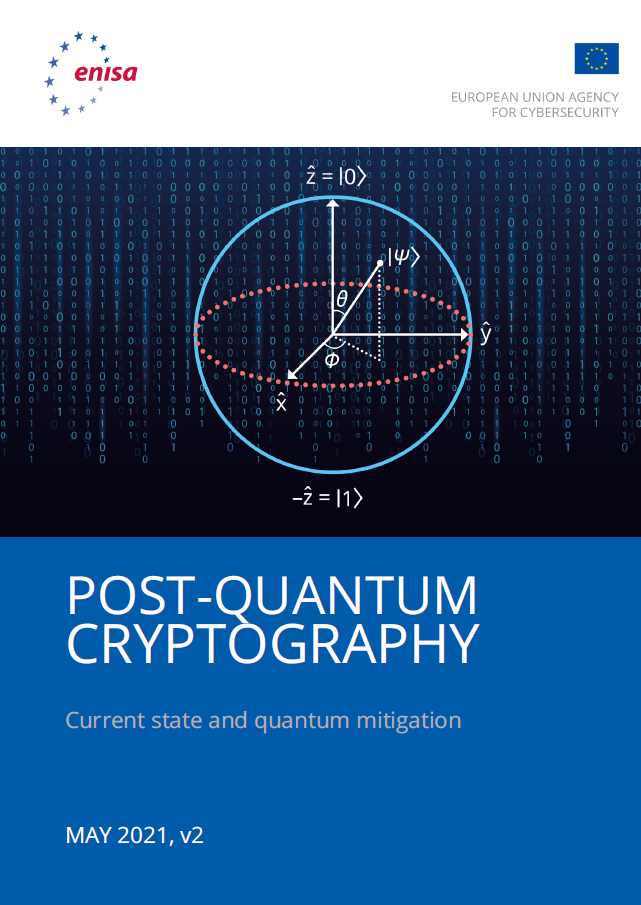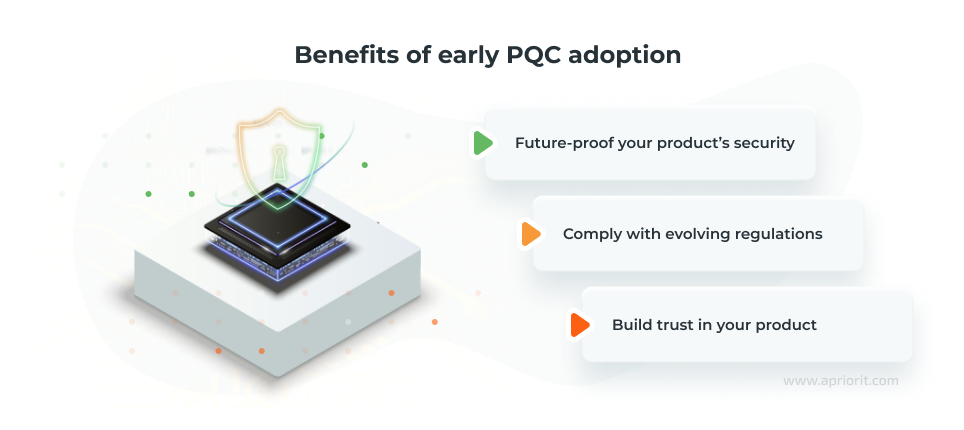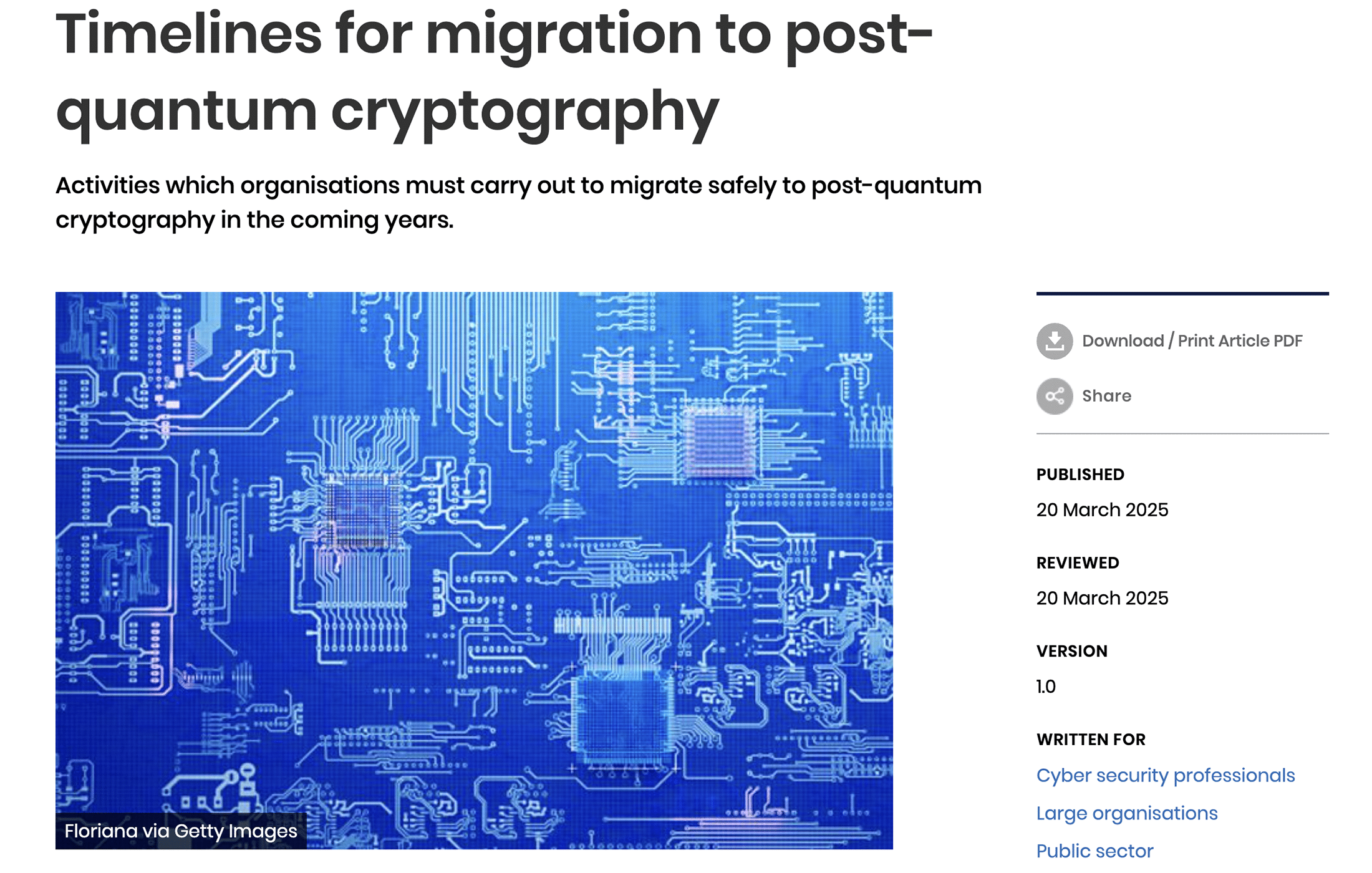Introduction and Objectives

Enterprises must prepare for the disruptive impact of quantum computing by migrating their current cryptographic systems to quantum‐safe alternatives. This migration requires a structured playbook that defines each phase of the process from planning to execution, ensuring that organizations minimize risk while achieving compliance with emerging standards. A well‐defined Quantum‐Readiness Roadmap, as recommended by leading cybersecurity agencies, is essential for outlining roles, responsibilities, and timelines for migration[11]. Initiatives such as MITRE's PQC Migration Roadmap provide enterprises with guidelines to proactively address these challenges and ensure long‐term data security[1].
Asset Inventory and Risk Assessment
A crucial first step in any migration plan is to conduct a comprehensive asset inventory that identifies all cryptographic components across the enterprise. This process involves cataloging all encryption keys, certificates, and cryptographic protocols used in applications, networks, cloud environments, and IoT devices. Establishing a detailed cryptographic inventory not only helps in identifying current vulnerabilities but also assists with prioritizing assets based on their sensitivity and risk exposure[11]. Enterprises should employ automated discovery tools and manual audits where necessary to ensure that both visible and shadow IT assets are captured accurately[2].
Algorithm Selection and Compliance Documentation
Once the inventory is complete, organizations must evaluate the vulnerabilities of currently deployed algorithms and select suitable post‐quantum cryptographic alternatives. This involves comparing candidate algorithms against the latest NIST standards and emerging hybrid approaches that combine classical and quantum‐resistant algorithms[5]. For regulated industries, compliance mandates—such as those issued by governmental directives and standards bodies—necessitate the incorporation of quantum‐safe standards into existing systems[4]. Documentation should capture the selection process, include detailed risk assessments for each algorithm, and provide clear justification for the chosen solutions so that both internal auditors and external regulators understand the migration logic[7].
Pilot Deployments and Fallback Strategies

Before a full-scale rollout, pilot deployments in controlled or sandbox environments are vital to test the functionality, interoperability, and performance of new PQC algorithms. Enterprises should begin by deploying post-quantum enabled systems in non-critical segments and gradually expand to high-priority services after confirming initial success and gaining operational insights[2]. In parallel, a fallback strategy must be established to ensure that, in the event of performance issues or security vulnerabilities during migration, systems can revert to proven classical or hybrid configurations without causing disruptions. These fallback strategies should include clearly defined checkpoints, rollback mechanisms, and contingency procedures designed to maintain system availability while adjustments are made[8].
Vendor Coordination and Performance Benchmarks
Successful migration to post‐quantum cryptography requires strong collaboration with technology vendors and solution providers. Enterprises need to engage with vendors early on to discuss timelines for PQC support, integration challenges, and service level agreements that guarantee post‐quantum readiness. Coordination with vendors ensures that bespoke migration solutions are developed using standardized protocols and that any necessary modifications to existing systems are executed smoothly[11]. Moreover, establishing performance benchmarks is essential to measure the impact of new algorithms on system resources, latency, and throughput. Continuous performance monitoring and regular testing against predetermined metrics allow organizations to refine configurations, ensuring that the overall security posture is not compromised during or after the migration process[1][2].
Conclusion and Continuous Improvement
A structured and comprehensive enterprise playbook for post‐quantum cryptography migration is key to mitigating future quantum threats. By following a step-by-step plan that covers asset inventory, algorithm selection, pilot testing, compliance documentation, vendor coordination, fallback strategies, and performance benchmarking, organizations can smoothly transition into a quantum‐safe environment. It is important that these initiatives are continuously refined as practical experience grows and new standards evolve, ensuring the migration strategy remains robust and responsive to emerging challenges[11].
Get more accurate answers with Super Pandi, upload files, personalized discovery feed, save searches and contribute to the PandiPedia.
Let's look at alternatives:
- Modify the query.
- Start a new thread.
- Remove sources (if manually added).


.png)
